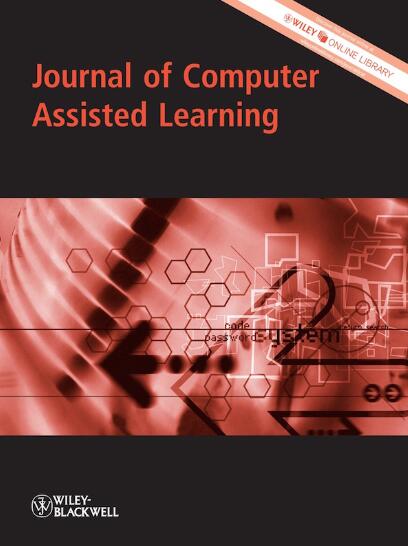Student engagement has been conceptualised and operationalised in various learning environments. However, there is currently a lack of established scales to measure student engagement in synchronous online learning. One possible reason is the existence of the conceptual and structural ambiguity regarding student engagement.
With its context situated in Saudi Arabian students' synchronous online learning of Chinese as a foreign language (L2 Chinese), this study attempts to find out the best representation and measure of synchronous online engagement based on four competing statistical modelling methods, including confirmatory factor analysis (CFA), exploratory structural equation modelling (ESEM), bi-factor CFA (B-CFA) and bi-factor ESEM (B-ESEM).
A total of 167 Saudi Arabian students voluntarily participated in this online questionnaire-based study. A 19-item online questionnaire was adaptively developed to measure students' engagement in synchronous online learning of L2 Chinese from behavioural, cognitive, affective and social dimensions. CFA, ESEM, B-CFA and B-ESEM were employed to determine the optimal structure model for representing students' synchronous online engagement in L2 Chinese learning.
The results revealed that the B-ESEM model was the best structure model for both measuring and accounting for the generality and specificity of students' engagement in synchronous online learning of L2 Chinese. More specifically, student online engagement was found to be a general unity with four distinctive subdimensions including behavioural, cognitive, affective and social engagement. This study not only reconciles the construct inconsistency of student engagement in the literature from the synchronous online learning perspective but also provides an optimal representation for measuring students' synchronous online engagement in L2 learning.



